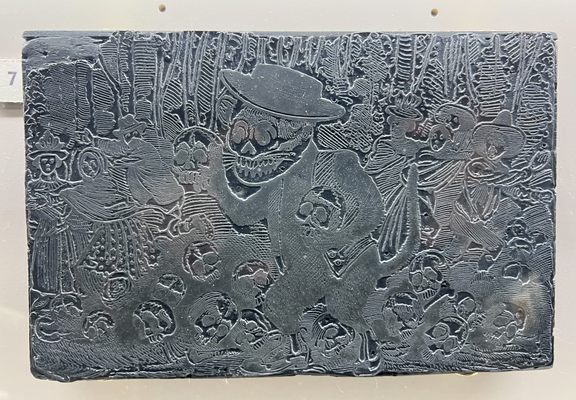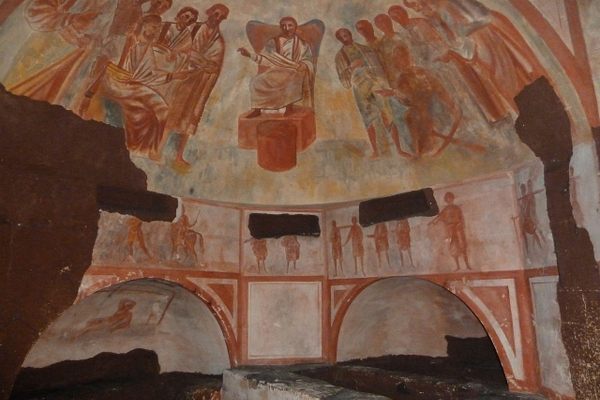About
This charming museum houses hundreds of original prints by eminent Mexican artist Jose Guadalupe Posada, creator of the iconic skeleton "La Calavera Catrina." The sheer quantity of its collection makes the museum a wonderful place to spend an hour or two contemplating the power of art as a creative medium for expressing dissent and uncomfortable truths.
Initially, Posada created commercial lithographs for newspapers, focusing on the social classes and politics of the time. But after a great flood swept through the city in 1882, killing 250 people and leaving 1,400 reported missing, Posada began producing lithograph illustrations that dealt with the death and social upheaval the disaster caused.
From then on, the intimate relationship between life and death became an enduring theme in his art. Posada was encouraged to produce illustrations for newspaper stories, usually focused on news reports about murders, street brawls, serial killers, raids by bandits, revolutionary battles and coups, the Northern wars against the Apaches, earthquakes, animal attacks, and the supernatural. He kept a strong satirical component to his artwork, mocking the pretentiousness of the historically rich Criollo class and nouveau riche mestizos, the tyranny of the military and the clergy, and the lies of power-hungry Machiavellian politicians.
One of his famous satirical creations was "La Calavera Catrina," a skeleton of a bedecked woman in glamorous French clothing that has become a popular image of the Dia de los Muertos. The figure was originally a satire on the social trend of nouveau riche mestizos denying their own cultural heritage by imitating the Criollo Mexican and European social elites in their mannerisms and dress.
The last few years of Posada's life were turbulent ones due to the impact of the Mexican Revolutionary War, and this was strongly reflected in the art he produced during this time. He ultimately died an old man in 1913, relatively impoverished and largely forgotten by wider society.
However, in the 1920s, a new international appraisal of his artwork was initiated by French artist Jean Charlot, who when visiting his muralist friend Diego Rivera, discovered Posada's engravings. Chalot popularized the images in books and essays abroad. Since that time, Posada’s images have become famous in Mexico and throughout the world.
Related Tags
Know Before You Go
The Museum is open Tuesday to Sunday from 11 a.m. to 6 p.m. The entrance fee is 10 pesos or 5 pesos if you are a student with credentials.
Yucatan: Astronomy, Pyramids & Mayan Legends
Mayan legends, ancient craters, lost cities, and stunning constellations.
Book NowCommunity Contributors
Added By
Published
June 6, 2019

















































